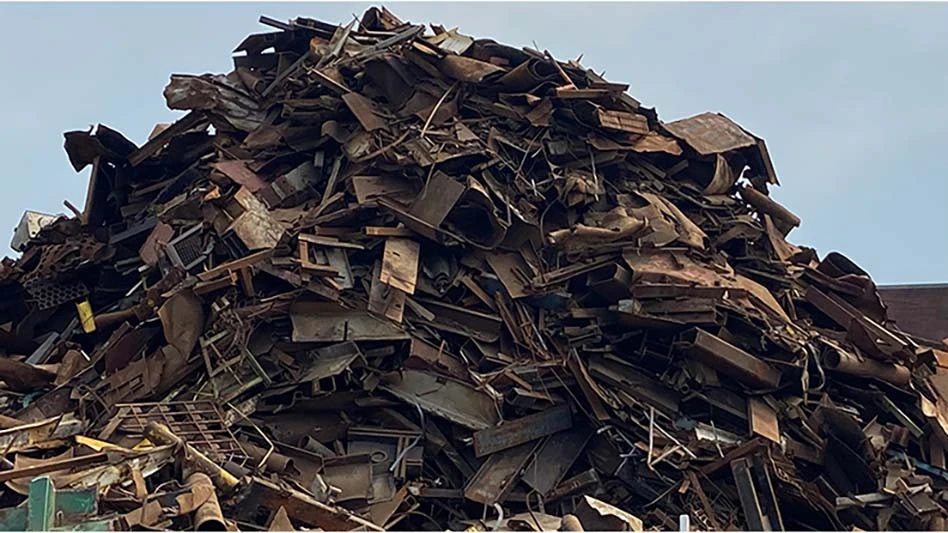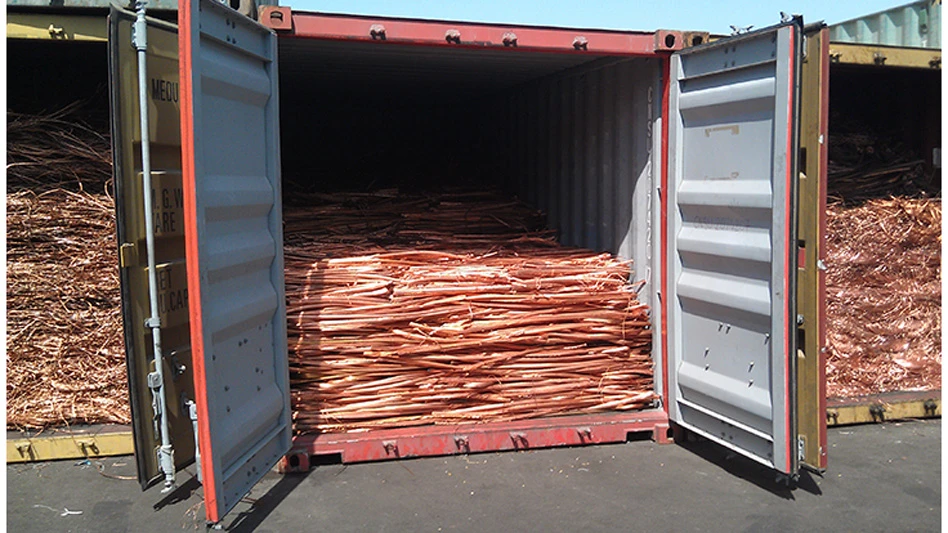Thermo Fisher Scientific Inc., Billerica, Mass., has published a new application note describing how its Niton handheld XRF analyzers with GOLDD technology can assist in the quality control of low-alloy steel products.
The nondestructive elemental analysis units can “provide superior accuracy in grade identification and alloy chemistry in seconds,” says the company in a news release.
Thermo Scientific geometrically optimized large area drift detector (GOLDD) technology is designed to deliver fast measurement times and low detection limits – as much as 10 times faster than conventional Si-PIN detectors and up to three-times more precise than conventional smaller silicon drift detectors (SDD), says the company. The company’s technology allows analysis of light elements such as magnesium, aluminum, silicon, phosphorus and sulfur without helium purge or vacuum assist, according to Thermo Fisher Scientific.
“With improved limits of detection and new additions to our already comprehensive alloy grade library, the Niton XL2 GOLDD and enhanced Niton XL3t GOLDD+ offer primary producers, processors, service centers and end users a reliable alternative to OES for their low alloy steel analysis needs,” says Marc Tremblay, vice president/general manager for Thermo Scientific Niton Analyzers. “These instruments help eliminate any guesswork in verifying metal alloys for manufacturing quality assurance as well as incoming material verification, stockroom control and shipment quality control for metal distributors and service centers,” he adds.
“We know that the potential for material mix-ups is very real and that the likelihood has grown over the years as more suspect materials are imported from overseas and the use of more recycled components within steel are causing an increase in undesired tramp elements,” Tremblay continues. “Our non-destructive analyzers provide a worry-free solution that achieves the high sensitivity required for accurate testing of chromium, nickel and molybdenum – at concentration levels below 0.10 percent.”
More information on Niton analyzers can be found at www.thermoscientific.com/niton.
Latest from Recycling Today
- BMW Group, Encory launch 'direct recycling’ of batteries
- Loom Carbon, RTI International partner to scale textile recycling technology
- Goodwill Industries of West Michigan, American Glass Mosaics partner to divert glass from landfill
- CARI forms federal advocacy partnership
- Monthly packaging papers shipments down in November
- STEEL Act aims to enhance trade enforcement to prevent dumping of steel in the US
- San Francisco schools introduce compostable lunch trays
- Aduro graduates from Shell GameChanger program





